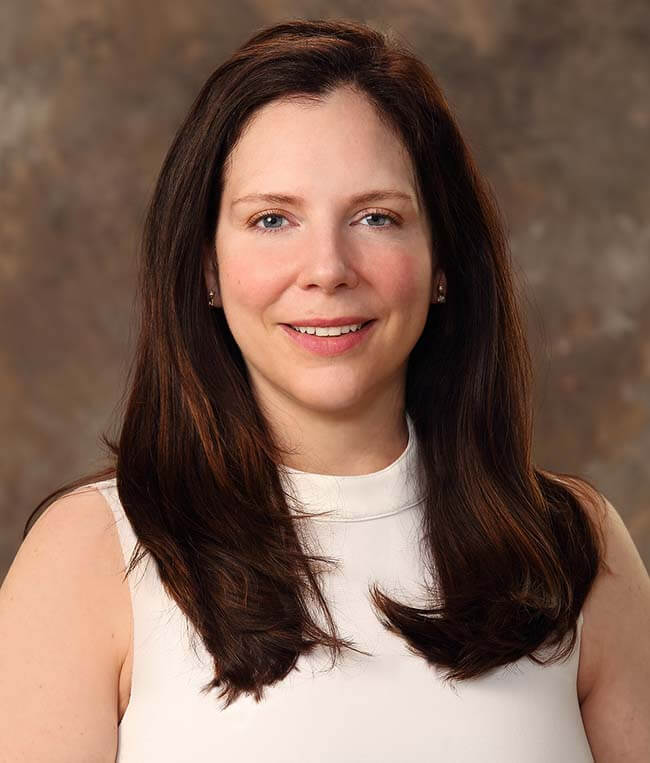Abdominal aortic aneurysm: A silent killer
Published at

This story is brought to you by Eastern Idaho Regional Medical Center, the largest medical facility in the region, serving Idaho, Wyoming, Yellowstone National Park and Montana. With a Level II Trauma Center, Level I ICU and the state’s only burn center, EIRMC provides valued and vital resources to the communities it serves.
When it comes to discussing deadly medical conditions, the term “silent killer” has become somewhat cliché — but only because it is true for so many diseases and disorders. Some are so silent that no one knows for sure how many people are affected, and aneurysm is one of those.
For example, approximately 200,000 Americans are diagnosed with an abdominal aortic aneurysm (AAA, or a “triple A”) every year. However, the number of people living with undiagnosed AAA is unknown because there are rarely symptoms.
“People have to be screened for abdominal aortic aneurysms,” emphasizes Dr. Rachael Snow, a board-certified vascular surgeon practicing at East Falls Cardiovascular and Thoracic Surgery Clinic. “While it can manifest as back or groin pain, it is primarily asymptomatic. People should undergo an aneurysm screening at age 60.”
An aneurysm is a balloon-like bulge in an artery or vein. When an arterial aneurysm grows, the wall of the artery stretches and thins, so the pressure of blood flowing through can cause the balloon to burst, or rupture. Ruptured aneurysms are often deadly, especially when located in the brain or aorta.
The aorta is the largest artery. It connects to the top of the heart, descends through the chest and abdomen, and branches off to carry blood to the lower half of the body. An aneurysm can develop anywhere on the aorta. As described on the CDC website, “A thoracic aortic aneurysm happens in the chest. An abdominal aortic aneurysm, which is more common, happens below the chest.”
“Screening prevents a lot of tragic deaths.”
Anyone can develop an AAA, but there are factors that put some people at higher risk. As Dr. Snow explains, “Genetics is a big one. If a family member had an aortic aneurysm, you need to have a screening ultrasound. It’s also related to smoking. If you have smoked during your lifetime — if you have only smoked 100 cigarettes ever — then you should get screened.”
Other risk factors include aging, high blood pressure or high cholesterol, and sedentary lifestyle.
“Screening prevents a lot of tragic deaths,” says Dr. Snow. “If found during screening, an aneurysm can be monitored and repaired if needed. Aneurysms generally continue to grow and should be checked regularly for size. Surgery is required when an aortic aneurysm grows to 5 cm in a woman and 5.5 cm in a man, or if a smaller aneurysm shows signs of extreme localized pouching or rapid growth.”
Dr. Snow performs two types of aneurysm repair surgery at Eastern Idaho Regional Medical Center (EIRMC). Endovascular aneurysm repair (EVAR) is a less invasive procedure. Small incisions in the groin provide access to the arteries that lead to the aorta. A catheter is inserted into the artery and placed into the aorta. When it reaches the aneurysm, a large stent is deployed and secured. Blood flows through the stent, taking pressure off the walls of the aneurysm. After EVAR, a patient can usually go home the same day.
“If someone’s anatomy is suitable, then EVAR is a good option,” Dr. Snow explains. “This is the preferred surgery for people who are over age 70, who are sick, have a condition like COPD—anyone who cannot tolerate a major surgery.
“Open repair is a major surgery, but it is preferred for those who are healthy, strong, and have a longer life expectancy,” she continues. “After open surgery, patients need to stay in the hospital for 5 to 7 days. Luckily, at EIRMC, we have a great care team and the right facilities to treat and care for these patients.”
As with many other cardiovascular conditions, the risk for developing an aneurysm can be reduced with a healthy lifestyle: do not smoke or use tobacco products; get regular exercise; choose to eat healthy food; limit salt intake; avoid saturated and trans fats; and control blood pressure and cholesterol.
Again, however, screening is the best way to catch this silent killer. If turning 60 or older, check with your primary care provider to schedule a screening ultrasound. It’s quick, easy, and painless—and it could save your life. And that’s not so cliché.
If have AAA and would like to schedule a consultation with Dr. Snow, visit East Falls Cardiovascular and Thoracic Surgery or call (208) 535-4600.



